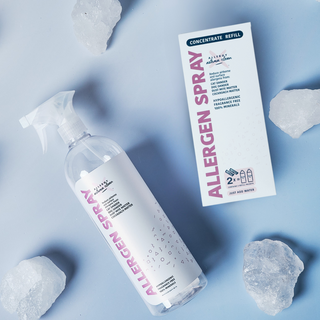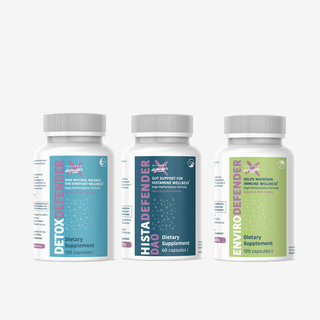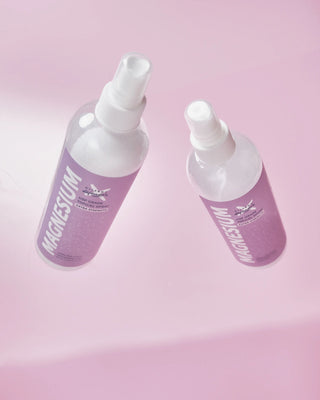

TAKE THE QUIZ: Am I Allergic to My Cat?
Don't let the uncertainty of cat allergies cloud your relationship with your four-legged friend.
Cat allergies occur when the immune system overreacts to proteins found in a cat’s dander, saliva, and urine. These allergens, carried on cat hair, are lightweight and easily spread through the air and onto surfaces, making them difficult to avoid. The immune response produces IgE antibodies, triggering histamine release and causing symptoms such as sneezing, coughing, itchy eyes, congestion, hives, or asthma attacks. Risk factors include genetics, frequent cat exposure, and asthma.
Take this SHORT QUIZ* to learn more about your symptoms.
Plus, there's a new, natural way to control cat dander, backed by science. Keep your cat, ditch the allergies.
It's important to note that the severity of symptoms can vary from person to person, and the timing of the reactions may also differ. Some people may experience immediate symptoms upon contact with a cat, while others may have a delayed response, making it more challenging to identify the trigger. Paying close attention to when and how your symptoms manifest can provide valuable insights into the nature of your cat allergy.
Allergic reactions to cats can manifest in a variety of ways, and understanding the common symptoms is the first step in determining if you are truly allergic to your feline friend. The most prevalent symptoms of cat allergies include sneezing, itchy and watery eyes, nasal congestion, and a runny nose. Pet allergies are quite common, with up to 30% of the population being allergic to pets.

What is Cat Dander?
Cat allergies are triggered by the body's immune system overreacting to proteins found in a cat's saliva, urine, and dander (tiny flecks of skin shed by cats). The primary culprit behind cat allergies is a protein called Fel d 1, which is produced by the sebaceous glands in a cat's skin. As cats groom themselves, this protein gets deposited onto their fur and subsequently becomes airborne as small particles, easily inhaled by susceptible individuals. “Allergies to cats are the most common animal‐origin allergy, and affect approximately 1 in 5 adults worldwide".1
Can You be Allergic to Hypoallergenic Cats?
Yes, you can! While certain “hypoallergenic” cats might seem appealing, all cats produce allergens. Some common cat breeds that claim to be "hypoallergenic" include Siberian, Balinese, Bengal, Russian Blue, Devon Rex, and Sphynx.
Tips to Reduce Cat Dander in Your Home
A new kind of allergen defense
Allergen Spray
Don't let allergies to your cat control your life
Quick guide on allergy relief products for your cat allergy
*This quiz is intended for info only; it is not to diagnose, treat, prevent, or cure a disease, allergies, or more.
Articles

Choosing the Right Nasal Spray for Your Needs
Many nasal sprays—especially decongestant sprays like oxymetazoline (Afrin) or phenylephrine—are only meant to be used for 3 consecutive days. Why

Natural Alternatives to Prednisone for Allergies
If you’re among the millions dealing with chronic inflammatory conditions like allergic rhinitis, seasonal allergies, or atopic dermatitis, you’re likely wondering whether natural alternatives can provide relief without the concerning...



